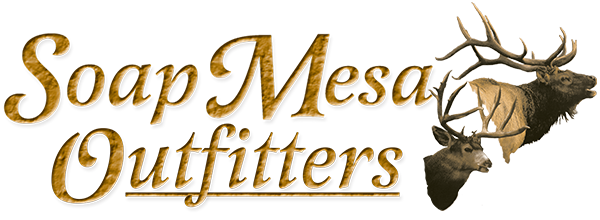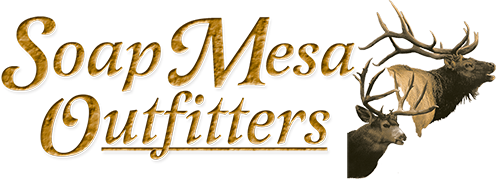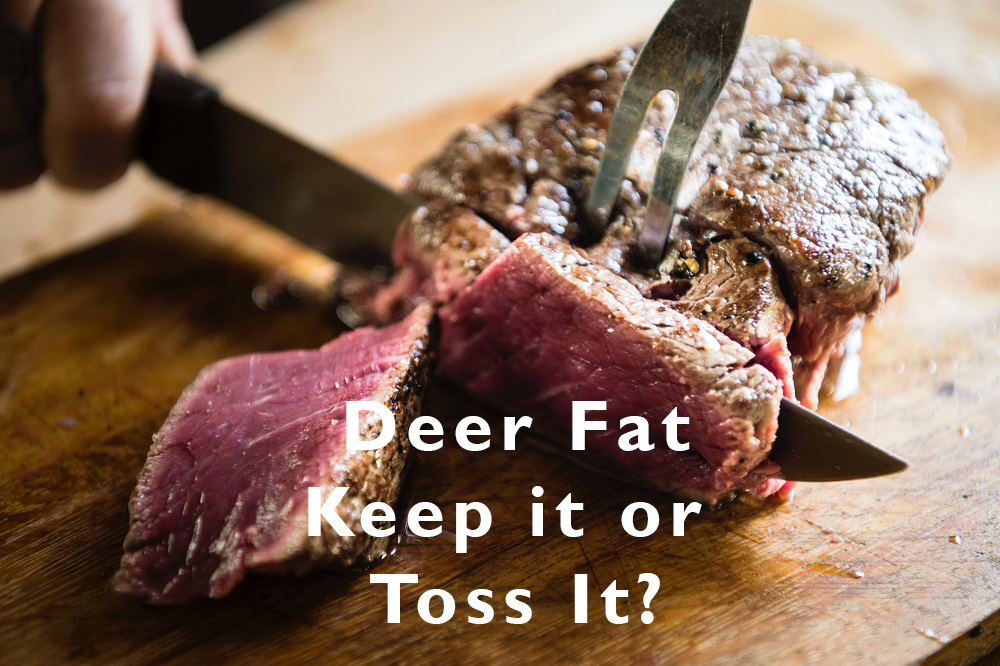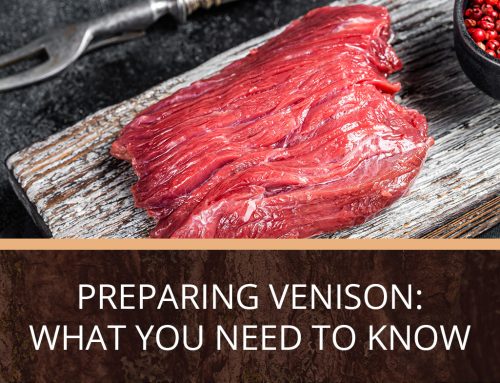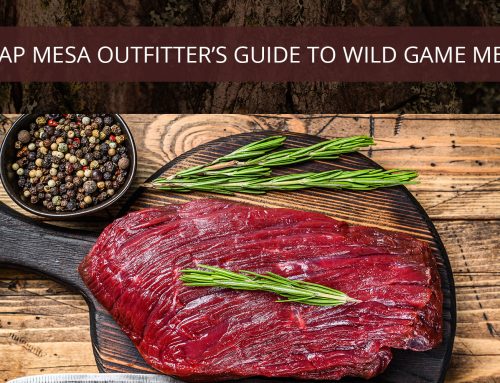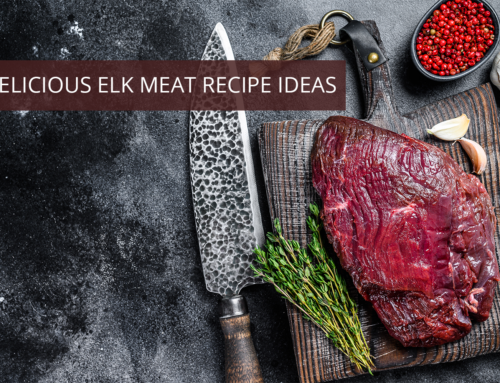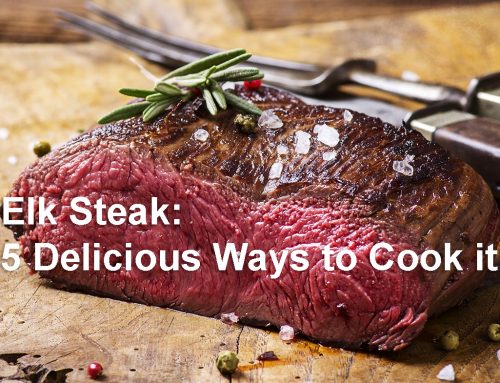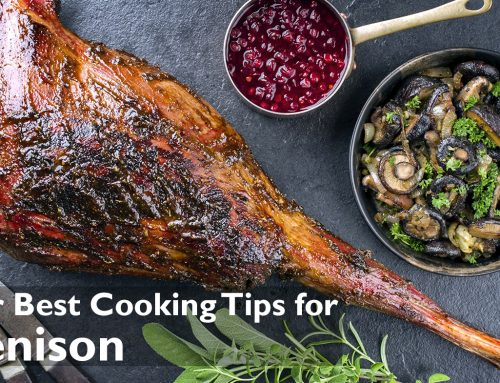The majority of people will tell you to toss all the deer fat without any other thought to it. Some say that the fat has a bad or strong taste, others will tell you that the fat is gnarly or goes rancid quickly. Knowing the science and the makeup of deer fat can help you know what fat of the deer is good and what to get rid of.
THE MAKEUP OF DEER FAT
Many people have universal misconceptions about deer fat. That it is all bad or that it all tastes the same. There are different kinds of fat on the deer and the flavor can vary depending on the diet. Each deer has different preferences and being in the wild they have many different choices of food. The seasons will also dictate what kinds of food they tend to eat. All animals in the deer family are cervids which are related to sheep, goats, and cattle.
Deer fat is high in omega-3 fatty acids, it has very high amounts of stearic acid, and it contains good saturated fats that raise the good cholesterol in our bodies. Stearic acid reduces bad cholesterol and increases good cholesterol. Stearic acid does something else though and it can be good or bad depending on your preferences. You know how chocolate just fills your mouth with flavor? That’s because it contains high amounts of stearic acid. The stearic acid in deer fat does the same thing and it coats your mouth with the venison flavor. Some people really don’t like this, but drinking something acidic like wine with venison can cut through that mouthfeel.
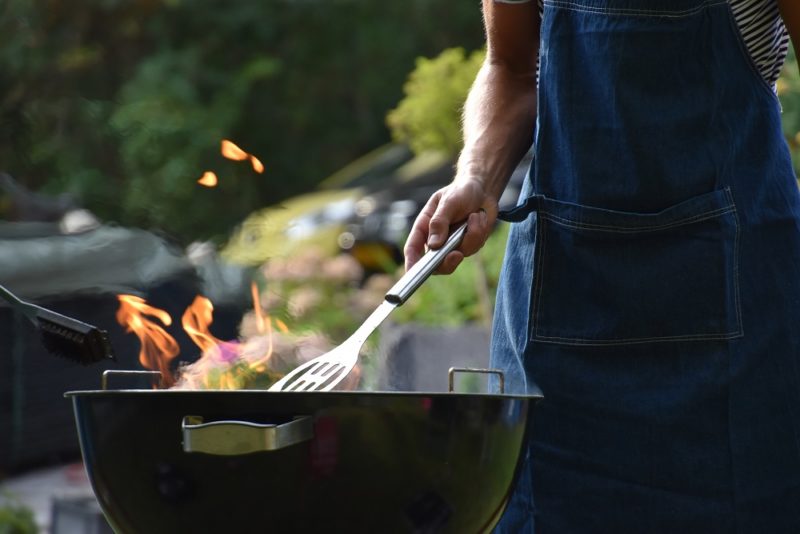
WHAT FAT TO KEEP AND WHAT FAT TO TOSS
When you first gut a deer, you’ll see a bit of very thin, lacey fat around the entrails. This is caul fat and the best fat from the deer. You’ll definitely want to keep it and store in an airtight container right away. You will then see a lot of thicker fat around the kidneys and the inner cavity. This fat within the body cavity, also known as suet, is very hard and is harder than the fat around working muscles. It’s great for soap or candle making but not for eating, it is very hard and waxy and it takes a high temperature to melt it.
Deciding about whether to keep the rest of the deer depends on how you process it. If you hang it in the hide, you can still use the fat on the muscular areas. If you hang it after it is skinned, you’ll want to trim off at least the top layer of fat. The exposed fat will go bad faster because of the omega-3 fatty acids that it contains. The quicker you can cool the meat and fat, and the sooner you can get it out of the air and into refrigeration, the better everything will taste and the longer it will last.
HOW TO USE IT
Deer fat is best used in cooked meats, you don’t want to use it in things like dry-cured salami. Don’t eat the suet, although it is good for candles and soap. A little deer fat on a steak or burger goes a long way in adding some great flavor. Check out this recipe for some great venison meatballs and see more venison recipes.
Are you interested in a guided hunt in the Montrose, Colorado area? Contact us for more information about our hunts and what we offer for hunting in Colorado. Also, be sure to check out our tips for venison recipes!
